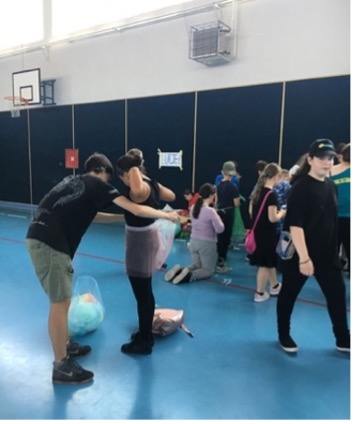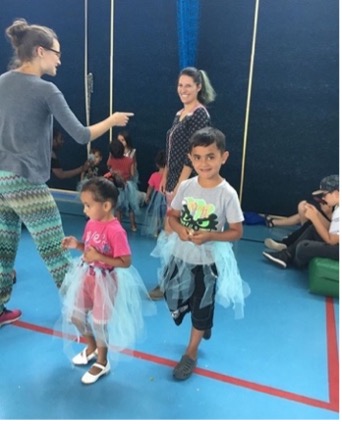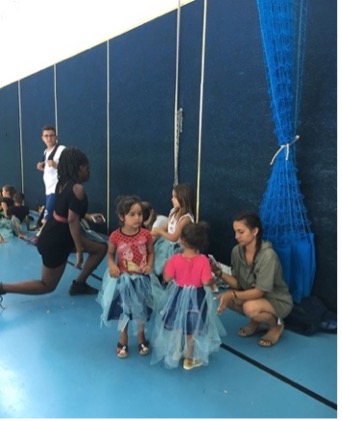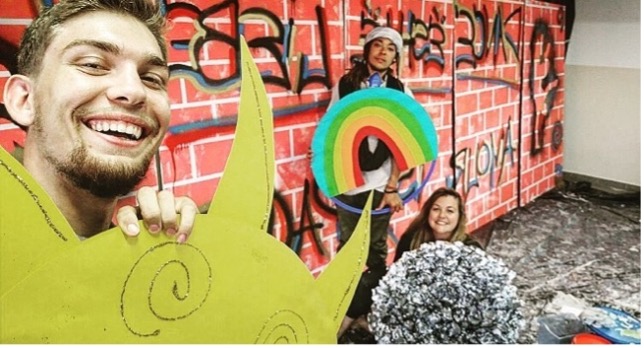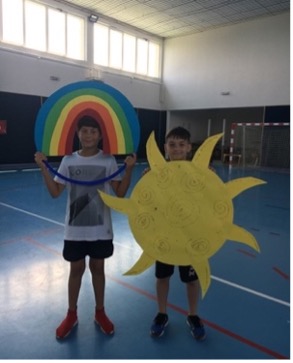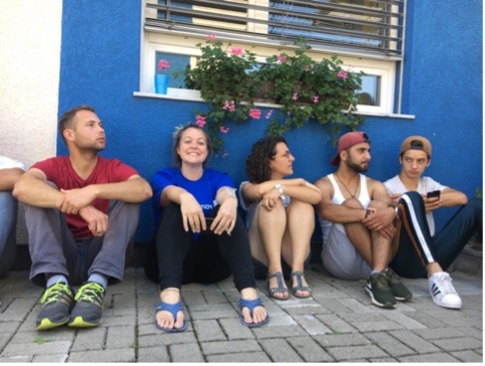My desire to work as a youth empowerment activist stems from my own experience as a socially active teenager, having had the luck to continue most of my education in a proper building (not an improvised resistance school like the generations in the prior ten years), in the post-war Kosova (1999). My high school is called “Gjon Buzuku” and it’s based in my hometown Prizren. As a post war youth, for me and my peers, when it came to what was possible to achieve, we believed that the sky was the limit. We formed a Youth Forum that was in charge of meeting the students’ needs. I was elected its president. We initiated a radio-show for our high school called “Radio Gjimnazisti” (The Gymnasium Radio), at the local radio Helix. We created our school magazine called “Gjimnazisti” (The Gymnasist), we planted trees in our schoolyard, went to environmental awareness and democracy building workshops and seminars, representing our school, then our city, then our country. Some teachers didn’t like how much power we had gained, but others believed this is how a proper school is organized and that having our voices heard as students, was a crucial part of it.
Following this experience, I was a member of various youth Non-Governmental Organizations such as Vizioni 029 and Ec ma ndryshe. Between 2009-2019, I also led the Youth Exchange and Study (YES Program) administered by American Councils for International Education (ACIE), funded by the Bureau of Education of the United States State Department, a high school exchange program that is focused on building world peace through youth and cultural exchange among the U.S., ex-USSR countries (the program known as FLEX), Middle Eastern countries, most of Africa, Asia, some of South America, Eastern Europe and all of South East Europe. Although my role at ACIE was managing the YES Program recruitment process, from advertising it to overseeing its Alumni Association, the organization supported me in testing and promoting my ideas of utilizing theater and performance art to discuss youth issues and envision their dreams in various cultures and internationally.
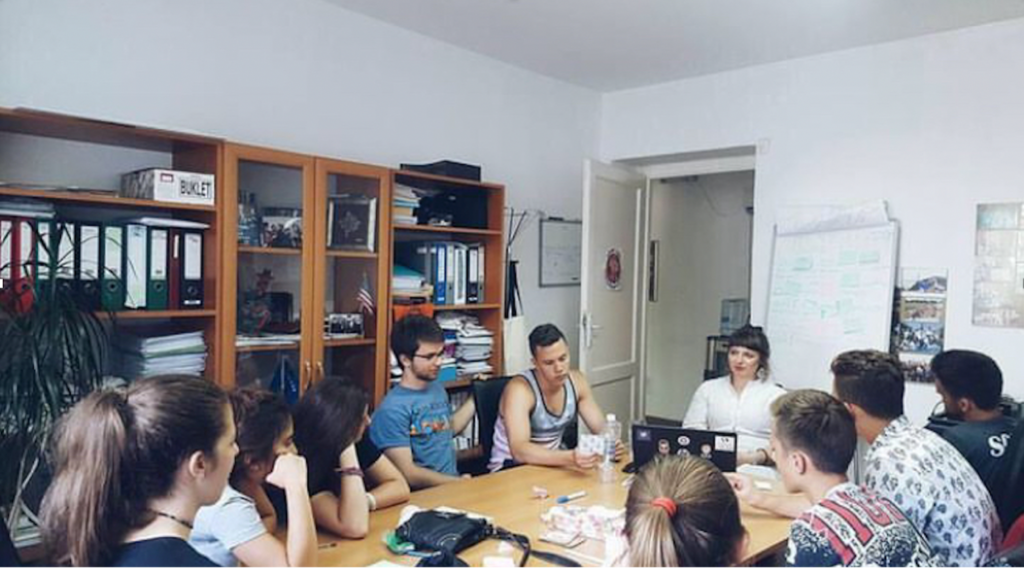
Youth Exchange and Study Alumni meeting at American Councils office in Prishtina, Kosova.
Since 2005, in parallel, I was working on writing youth plays and formatting methods of utilizing my profession as a playwright, theater maker and performance maker to empower youth voices, with a particular focus on the marginalized ethnic groups in Kosova, such as the Roma, Egyptian and the Ashkali community as well as the repatriated immigrant youth whose families were deported from Europe.
Below, I will provide a step by step example of one of these methodologies, via a selection of works that came out of applying and testing ideas, always in collaboration with multiple local and international artists, social workers, activists, and most importantly, with the participating youth who are the core factors in the creation of these works.
ARTISTIC PRACTICE: Enhancing youth activism and empowerment through teaching theatre-making in youth workshops/summer camps. Category of engagement: artistic director/workshop facilitator.
WORK PROCESS:
Phase 1 -> Ice breakers: Participants are invited to play games and watch performances to relax and meet each other & the teachers.
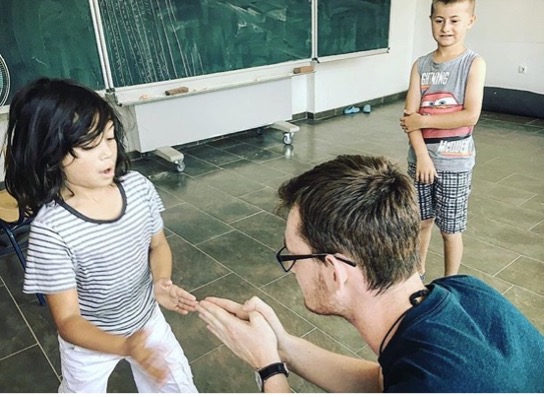
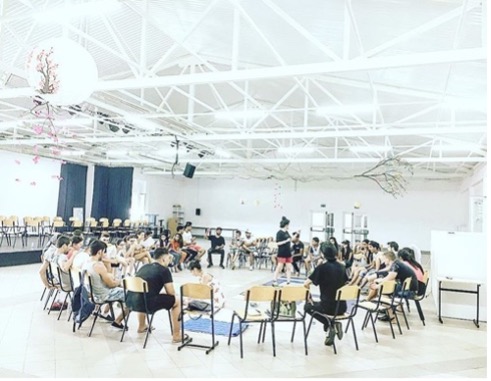
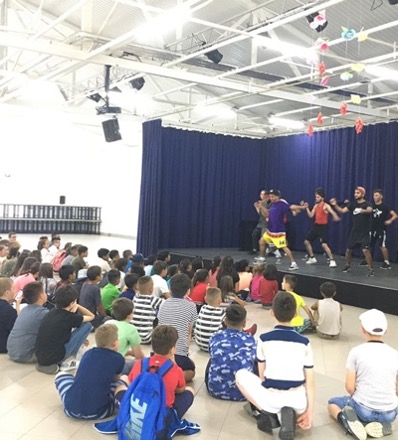
Phase 2 -> Brainstorming the theme of the workshop & script development.
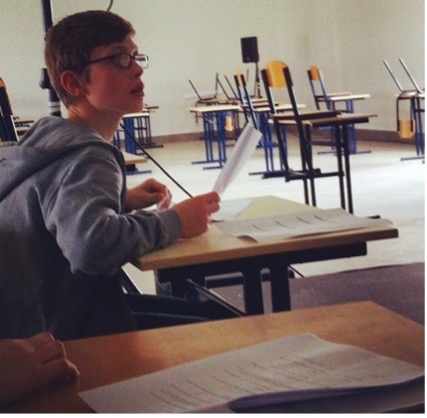
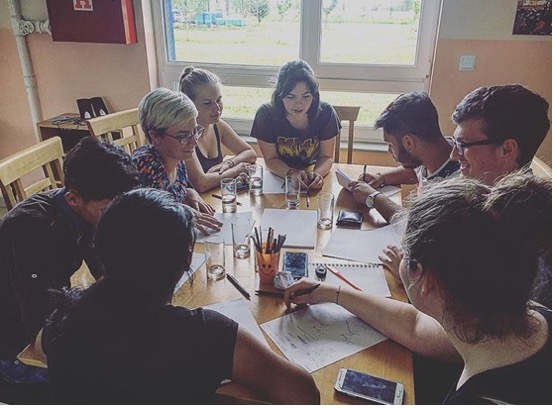
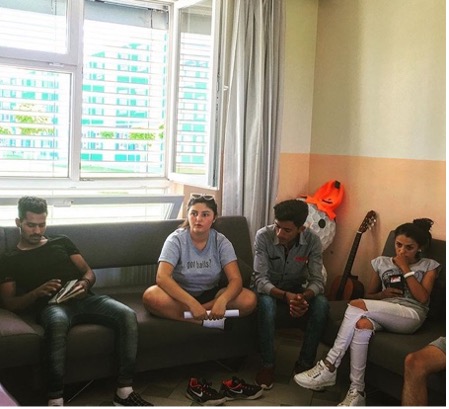
Phase 3 -> Stage testing of the developed script and mise-en-scène.
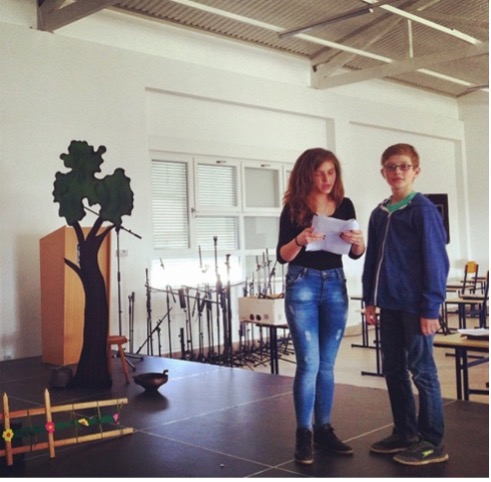
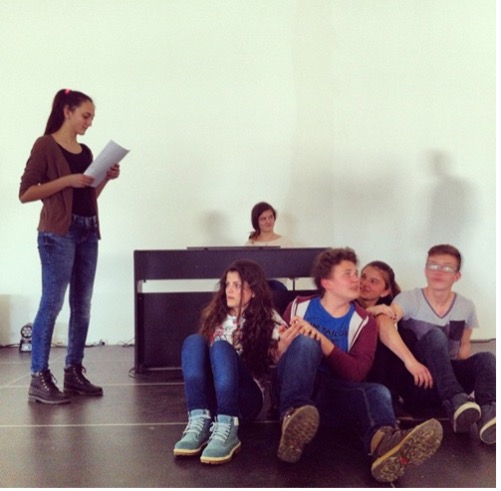
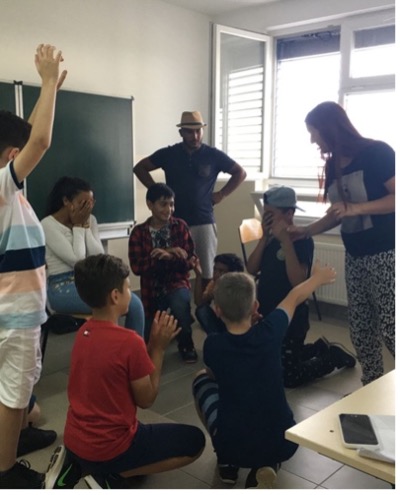
Phase 4 -> Stage scouting, costumes and scenography.
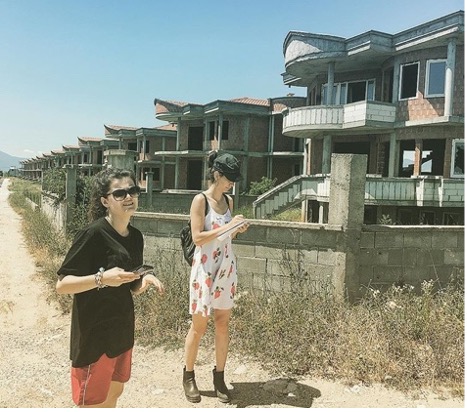
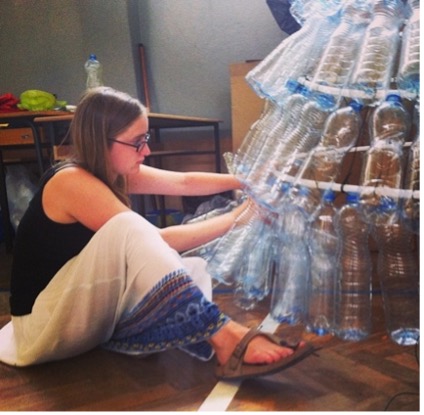
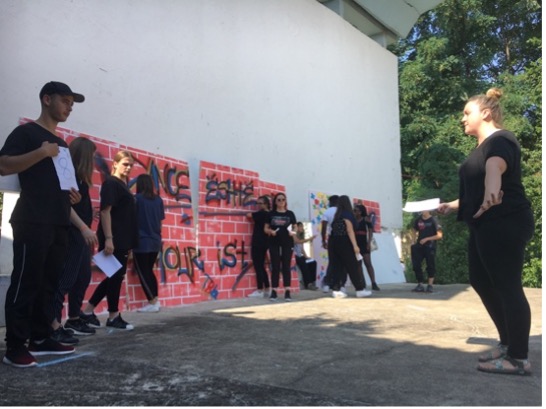
Phase 5 -> Rehearsals and promotion.
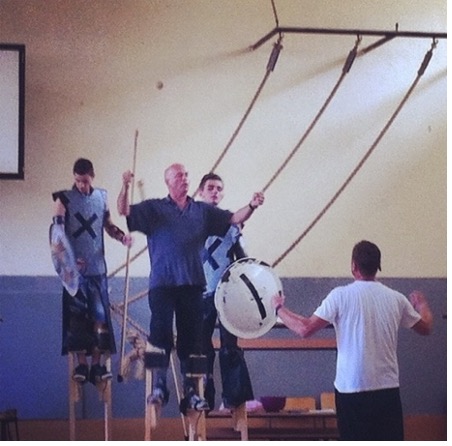
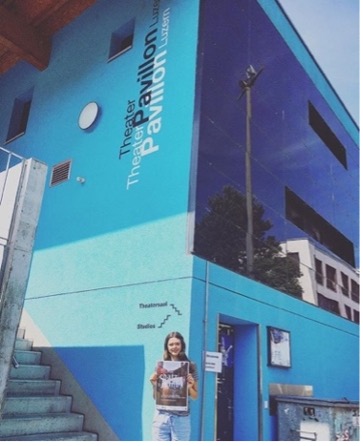
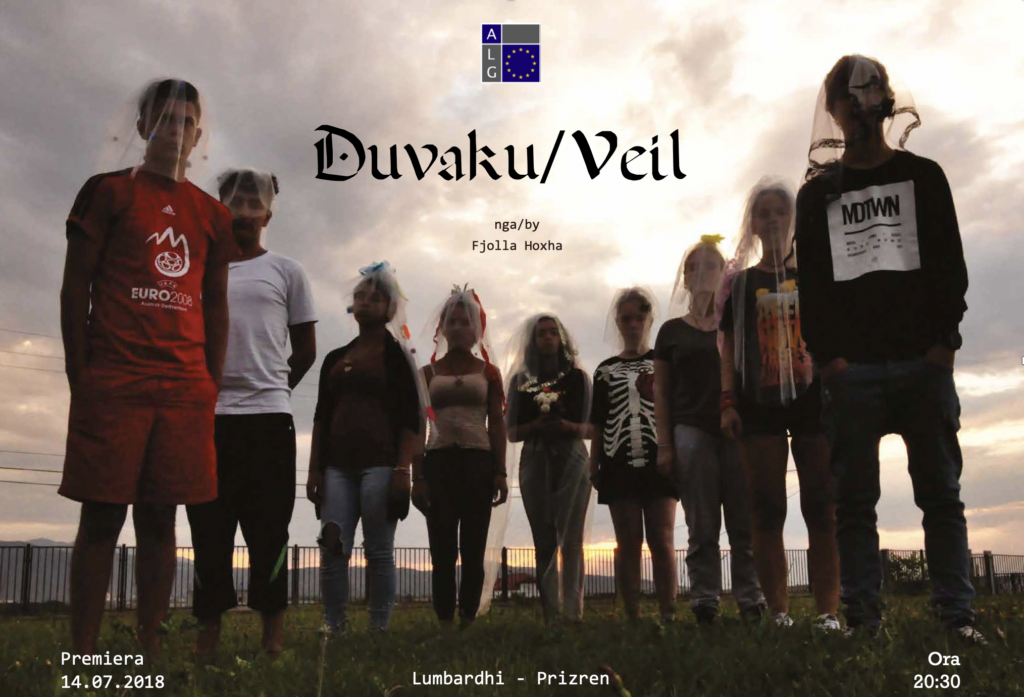
Phase 6 -> Light and sound.
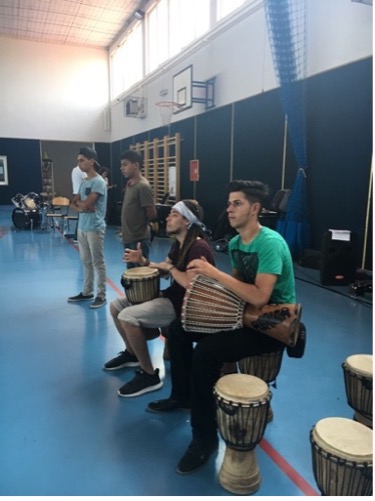


Phase 7 -> General rehearsals.
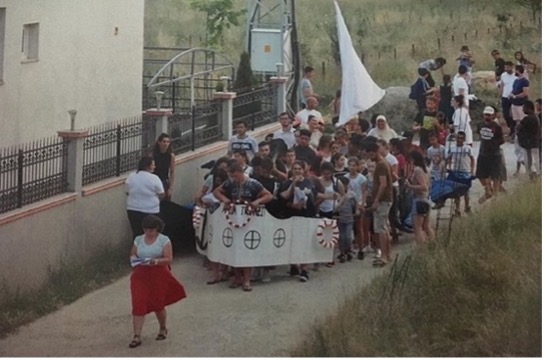
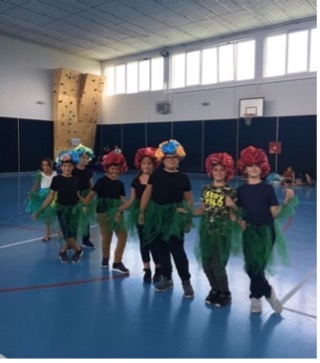
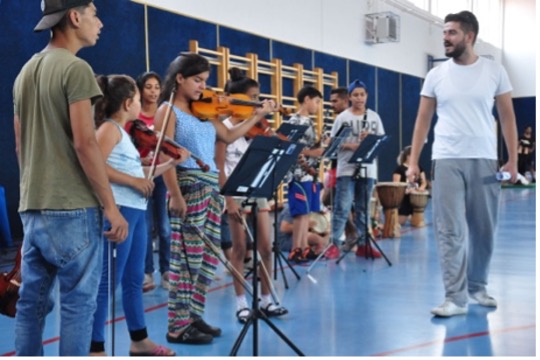
Phase 8 -> Premiere.
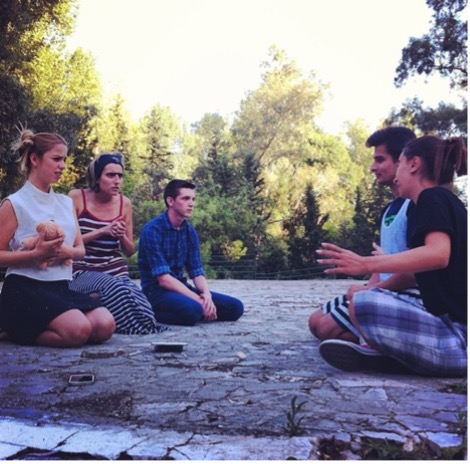
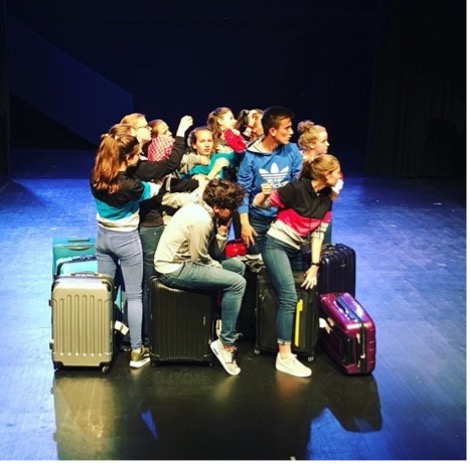
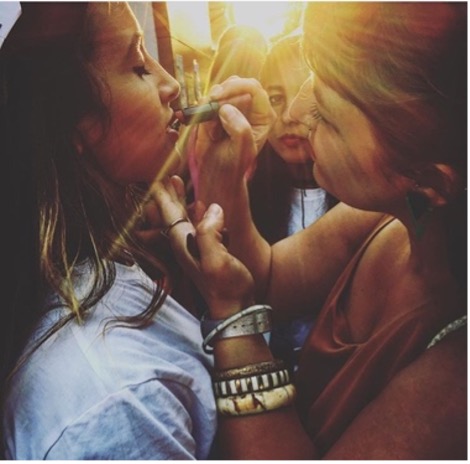
SELECTED WORK
Searching for Fantomia and the Desolate Mamumian, 2013
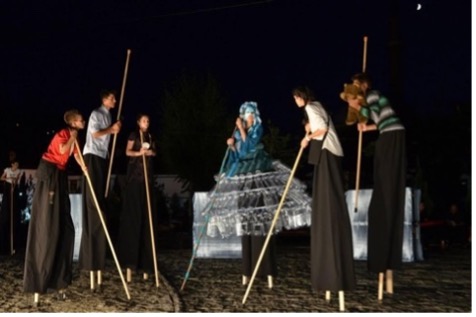

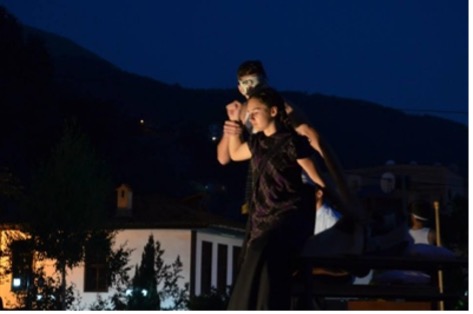
Cosmic Kids Are Not Funny, 2014
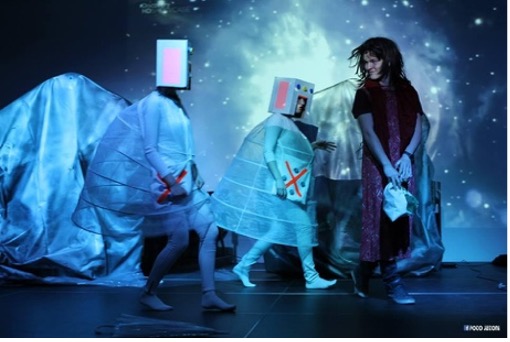
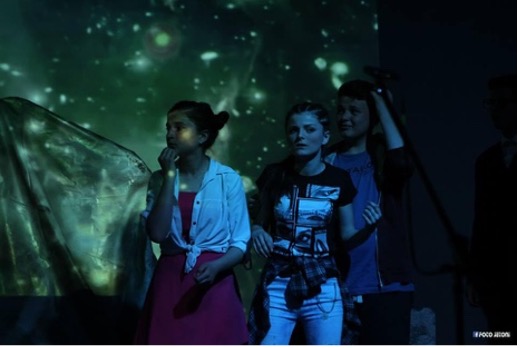
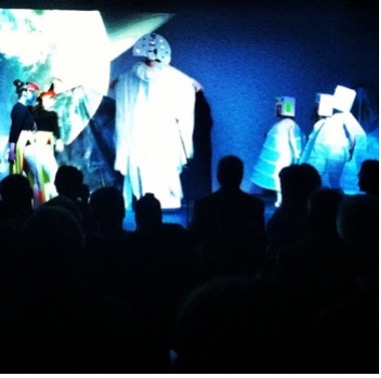
Phase 9 -> Restaging.
The Unstepped Forest of the Tam Tum Island, 2017
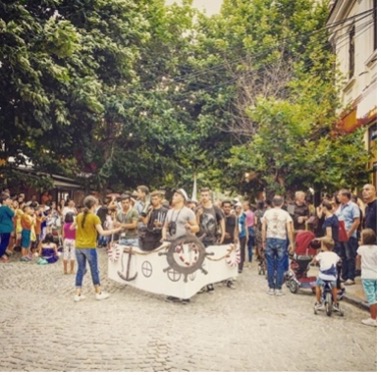
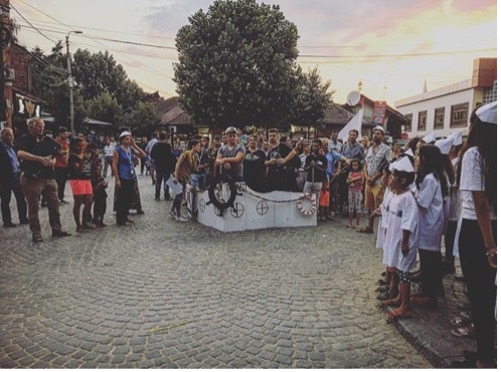
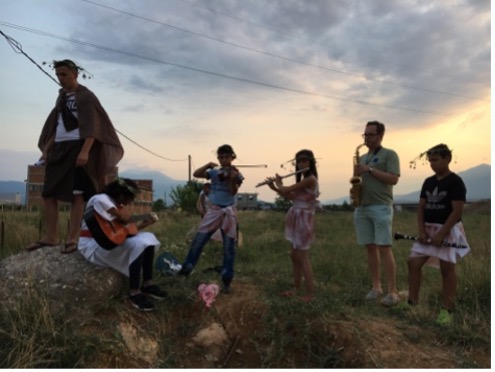
Phase 10 -> Reflection. The secret ingredient: team effort!
